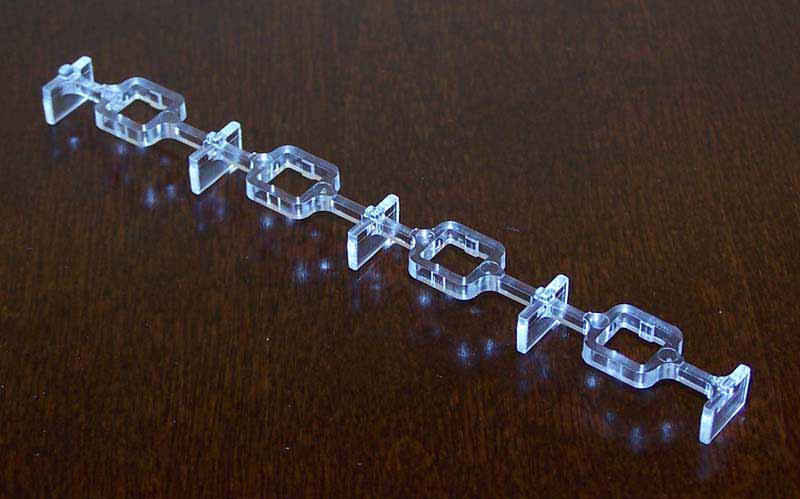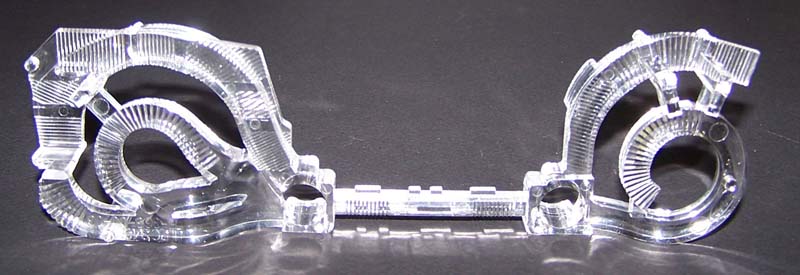There are several different effects and uses that clear plastic optical prototypes can be designed for. Basing component design on the Total Reflection Principle (T.I.R.) to achieve guided light pipes, prisms, and lenses means unlimited applications of the principle.
Using materials with different refractive levels allows a designer to manipulate light using T.I.R. The principle at the most basic equals 2 different levels of refraction meeting at the angle of incidence and the light reflects away. That being said, in optical components refraction and reflection play major roles in the dispersion of light. In people speak think of… Diamonds: the cut determines the direction of the sparkle, the sharper the cut the more sparkle. The Angle of Incidence is where the Diamond meets air. The Angle of Incidence is why the light seems to bounce off the diamond. T.I.R. is also responsible for the phenomenon that occurs when light bounces off water droplets, better known as Rainbows.
Easy explanation: the light “shifts” or “bounces” off or through an object.
This theory is critical in the engineering of optical components. Certain optical components use different cuts and angles to transport / manipulate the light to the desired location. Without the smooth finish all the careful designing for the proper impact of light is for nothing. This is why Class A Surface finishes are so critical in the manufacturing of an optical component. Imperfections of any kind can alter the direction of the light, ruining the design that was created solely to optimize the desired level of light manipulation.
Aluminum Tooling can easily achieve the Class A surface finish required to create optical components.


